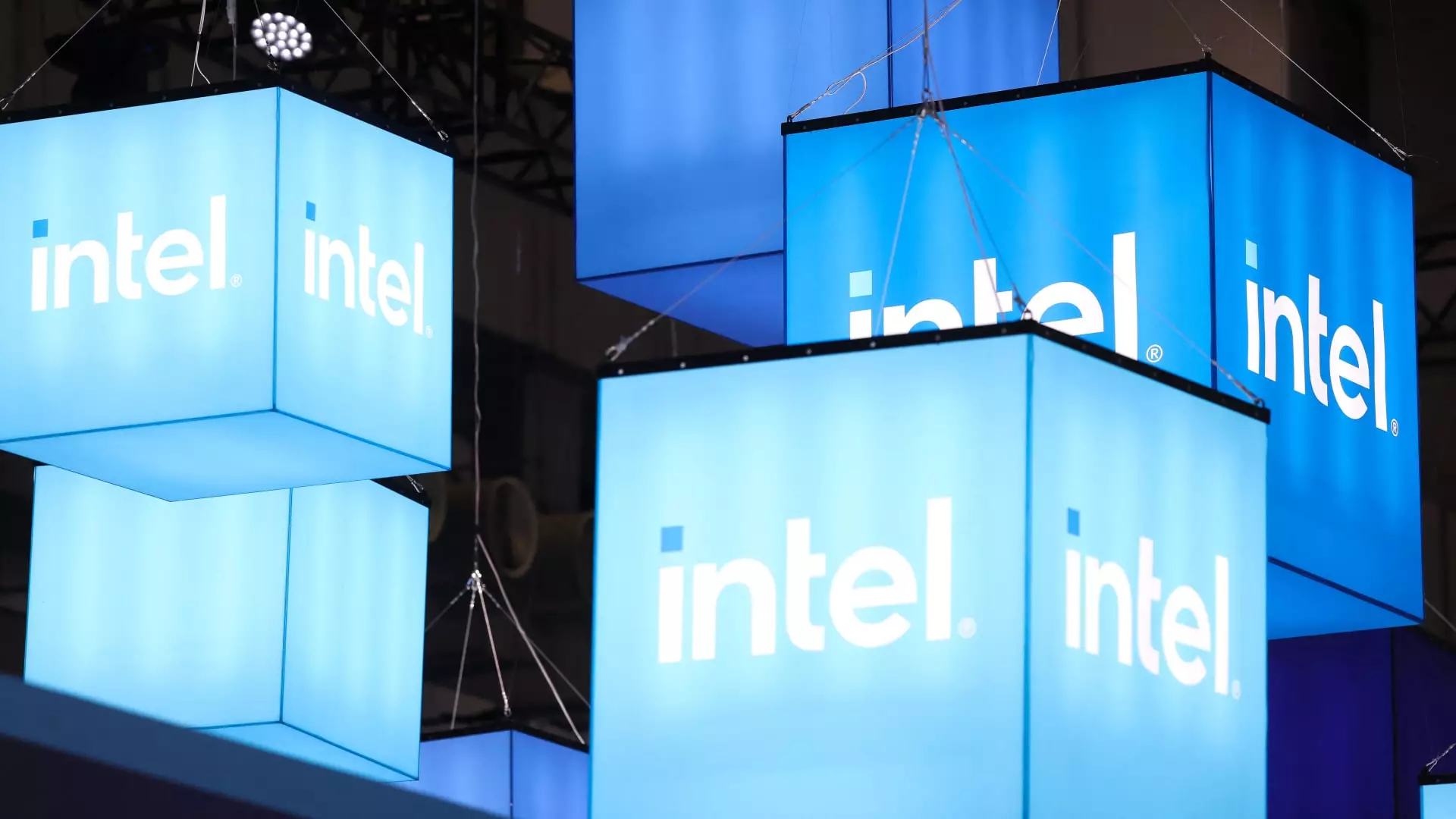Intel Corporation, a cornerstone of the U.S. semiconductor industry, now finds itself at a crossroads. As Intel grapples with internal challenges and competitive pressures, rival companies like Taiwan Semiconductor Manufacturing Co. (TSMC) and Broadcom are increasingly contemplating options that could lead to a strategic split of Intel’s expansive operations. Recent reports indicate that both companies are in preliminary discussions regarding opportunities to separate Intel’s design and marketing from its manufacturing capabilities. This article delves into the implications of these potential moves and the broader context influencing these strategic considerations.
According to sources, Broadcom has taken a keen interest in Intel’s chip design and marketing components, weighing a takeover only if it can secure cooperation regarding Intel’s manufacturing arm. The idea here is not merely to scoop up valuable assets but to craft a more competitive stance in the chipmaking landscape. Similarly, TSMC, which stands as the largest contract chipmaker globally, has analyzed the feasibility of acquiring control over Intel’s manufacturing facilities. Both Broadcom and TSMC boast significant strengths; however, they are not collaborating on this venture, underscoring the competitive dynamics at play in the semiconductor sector.
The crux of this situation reveals a significant challenge for Intel—its once-unassailable position within the semiconductor market is increasingly threatened. The company’s interim executive chairman, Frank Yeary, appears focused on maximizing shareholder value amidst these discussions, which may further complicate Intel’s strategic vision as it navigates the prospects of potential divestiture. Given the critical role Intel plays in U.S. national security, echoes of concern from the Trump administration about foreign involvement in operations at Intel’s domestic factories introduce an additional layer of complexity.
The landscape is rife with speculation regarding government involvement in potential transactions. Reports suggested that the Trump administration would likely resist foreign control over Intel’s operations, an indication of geopolitical sensitivities intertwined with national security. Former President Biden’s administration also established support for Intel, evidenced by a substantial $7.86 billion subsidy aimed at bolstering U.S. chip production. This backdrop highlights the delicate balance between nurturing domestic semiconductor manufacturing and enabling strategic foreign investments.
Intel’s fate remains firmly intertwined with both broader market dynamics and government policy. Recent market analyses suggest that TSMC’s valuation dwarfs Intel’s by nearly eightfold, thereby emphasizing the immense pressures Intel faces from enhanced competition. Industry heavyweights like Nvidia and AMD currently favor TSMC, potentially leaving Intel in a vulnerable position as it strives to reclaim its market share.
The story of Intel’s recent struggles stems, in part, from bold ambitions set forth by its previous CEO, Pat Gelsinger. His vision centered around elevating Intel’s manufacturing and AI capabilities, but the ambitious strategy fell short of expectations. This misalignment between aspirations and outcomes not only strained Intel’s cash flow but ultimately triggered significant layoffs, with around 15% of the workforce affected. The decline in share value, approximately 60% in the previous year, serves as a stark reminder of the urgent need for Intel to reassess its operational strategy.
With evolving technology and fierce competition reshaping the semiconductor realm, the choice to separate or consolidate operations may be a pivotal decision for Intel. A breakup, while potentially destabilizing, could lead to sharper, more focused entities better equipped to tackle individual market segments. Alternatively, remaining integrated could foster a holistic approach, capitalizing on Intel’s diverse capabilities. Nonetheless, the mounting pressure from rivals combined with uncertain governmental support leaves Intel at a critical junction.
As the conversations surrounding these potential deals unfold, both Broadcom and TSMC will need to navigate a minefield of regulatory scrutiny, investor expectations, and geopolitical considerations. For Intel, the decisions made in the upcoming months could redefine its trajectory in an increasingly cutthroat industry landscape. Evaluating its core strengths, understanding competitive differentiators, and aligning with U.S. policy could prove vital.
Ultimately, whether through consolidation or separation, Intel’s path forward rests upon its ability to adapt to a rapidly evolving market. As it grapples with these defining discussions, the industry will closely monitor Intel’s next moves, anticipating how they will shape the future of semiconductor innovation and ultimately impact national interests in an increasingly interconnected world.


Leave a Reply